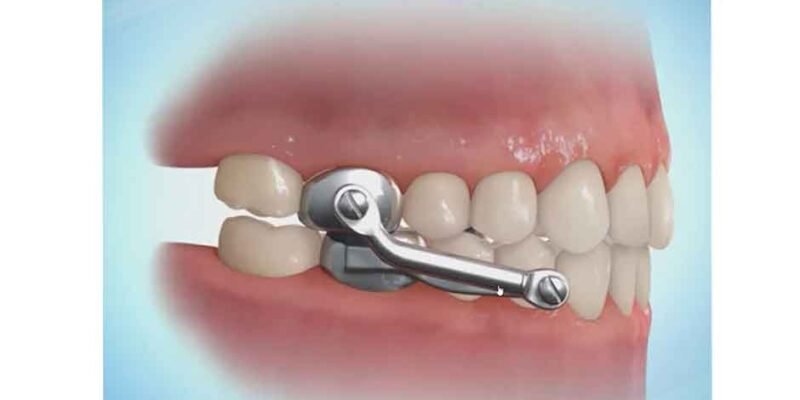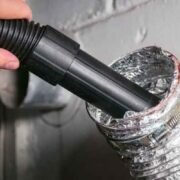Orthodontic appliances are used to correct issues with teeth and jaw alignment. Visit an orthodontist to determine which appliance is right for you. The appliances are used to straighten crooked teeth, close gaps, or fix bite issues. Here are a few types of orthodontic appliances and their uses:
Braces and Aligners
Orthodontic clinics offer brace treatment and clear aligners to help straighten your teeth. Braces usually feature metal or ceramic brackets attached to each tooth. Wires connect the brackets and apply gentle pressure to shift teeth into alignment. At the end of the treatment, your teeth will be properly aligned in their correct position. Metal and ceramic braces are ideal for complex or severe alignment issues. The braces are adjusted regularly to maintain movement until the desired result is achieved.
Your orthodontist may recommend clear aligners, which involve removable cups. You don’t need regular adjustment visits because all sets are designed in advance. Once one set has completed the intended transformation, you can start wearing the next set. Clear aligners are more discreet than metal and ceramic aligners, and can be removed for short periods.
Retainers and Space Maintainers
Orthodontic clinics and dental labs offer retainers after braces treatment to help hold teeth in their new positions. Once braces or clear aligners are removed, the teeth may naturally shift back without support. This can be corrected with either fixed or removable appliances. Fixed retainers provide constant support and require professional removal. Removable retainers allow you to take them out for cleaning.
Space maintainers are used in pediatric dentistry to help children who lose their baby teeth prematurely. They prevent neighboring teeth from moving into the space, keeping the room open for a permanent tooth. These devices are fixed or removable, depending on the baby’s dental development. They help reduce the need for extensive orthodontic treatment later.
Implants and Palatal Expanders
Implants are a permanent solution that replaces missing teeth. Implants are surgically placed in the jawbone to support crowns, bridges, or dentures. Dental implants help restore function and maintain jawbone health, besides improving your appearance. They may feature titanium or other safe, durable materials that help replace the roots of missing teeth.
Once implanted, they fuse with the bone and look, feel, and function like your natural teeth. Implants are designed to offer permanent solutions and help maintain facial structure, protecting neighboring teeth from shifting. Palatal expanders are used for children with developing upper jaws. The devices fit along the roof of the mouth and gradually widen the upper aw to create enough room for permanent teeth or improve bite alignment. Palatal expanders also help correct crossbites and enhance the effectiveness of future orthodontic treatments.
Speak to an Orthodontist Today
Orthodontic treatments are customized to meet specific needs, ranging from correcting a bite to enhancing aesthetics and function. You can seek proactive evaluations and interventions, as well as tailored treatment for issues such as cross-bite and missing teeth. Contact an orthodontist today to learn more about their services and available appliances.















Comments